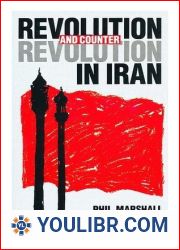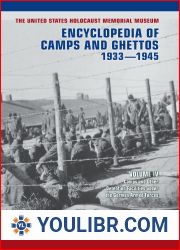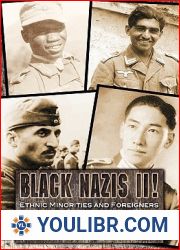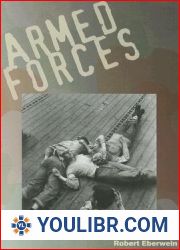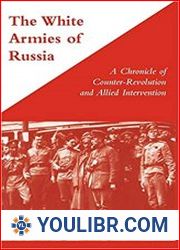
BOOKS - Controlling Paris: Armed Forces and Counter-Revolution, 1789-1848 (Warfare an...

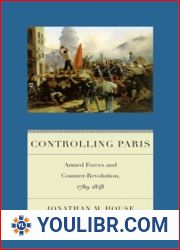
US $5.48

579171

579171
Controlling Paris: Armed Forces and Counter-Revolution, 1789-1848 (Warfare and Culture, 2)
Author: Jonathan M. House
Year: January 1, 2014
Format: PDF
File size: PDF 3.6 MB
Language: English
Year: January 1, 2014
Format: PDF
File size: PDF 3.6 MB
Language: English
When not at war, armies are often used to control civil disorders, especially in eras of rapid social change and unrest. But in nineteenth century Europe, without the technological advances of modern armies and police forces, an army's only advantages were discipline and organization - and in the face of popular opposition to the regime in power, both could rapidly deteriorate. Such was the case in France after the Napoleonic Wars, where a cumulative recent history of failure weakened an already fragile army's ability to keep the peace. After the February 1848 overthrow of the last king of France, the new republican government proved remarkably resilient, retaining power while pursuing moderate social policies despite the concerted efforts of a variety of radical and socialist groups. These efforts took numerous forms, ranging from demonstrations to attempted coups to full-scale urban combat, and culminated in the crisis of the June Days. At stake was the future of French government and the social and economic policy of France at large. In Controlling Paris, Jonathan M. House offers us a study of revolution from the viewpoint of the government rather than the revolutionary. It is not focused on military tactics so much as on the broader issues involved in controlling civil disorders: relations between the government and its military leaders, causes and social issues of public disorder, political loyalty of troops in crisis, and excessive use of force to control civil disorders. Yet somehow, despite all these disadvantages, the French police and armed forces prevented regime change far more often than they failed to do so. Jonathan M. House is the William A. Stofft Professor of Military History at the U.S. Army Command and u0026 General Staff College. His previous books include Combined Arms Warfare in the 20th Century; A Military History of the Cold War, 1944-1962; and, with David M. Glantz, When Titans Clashed: How the Red Army Stopped Hitler.











